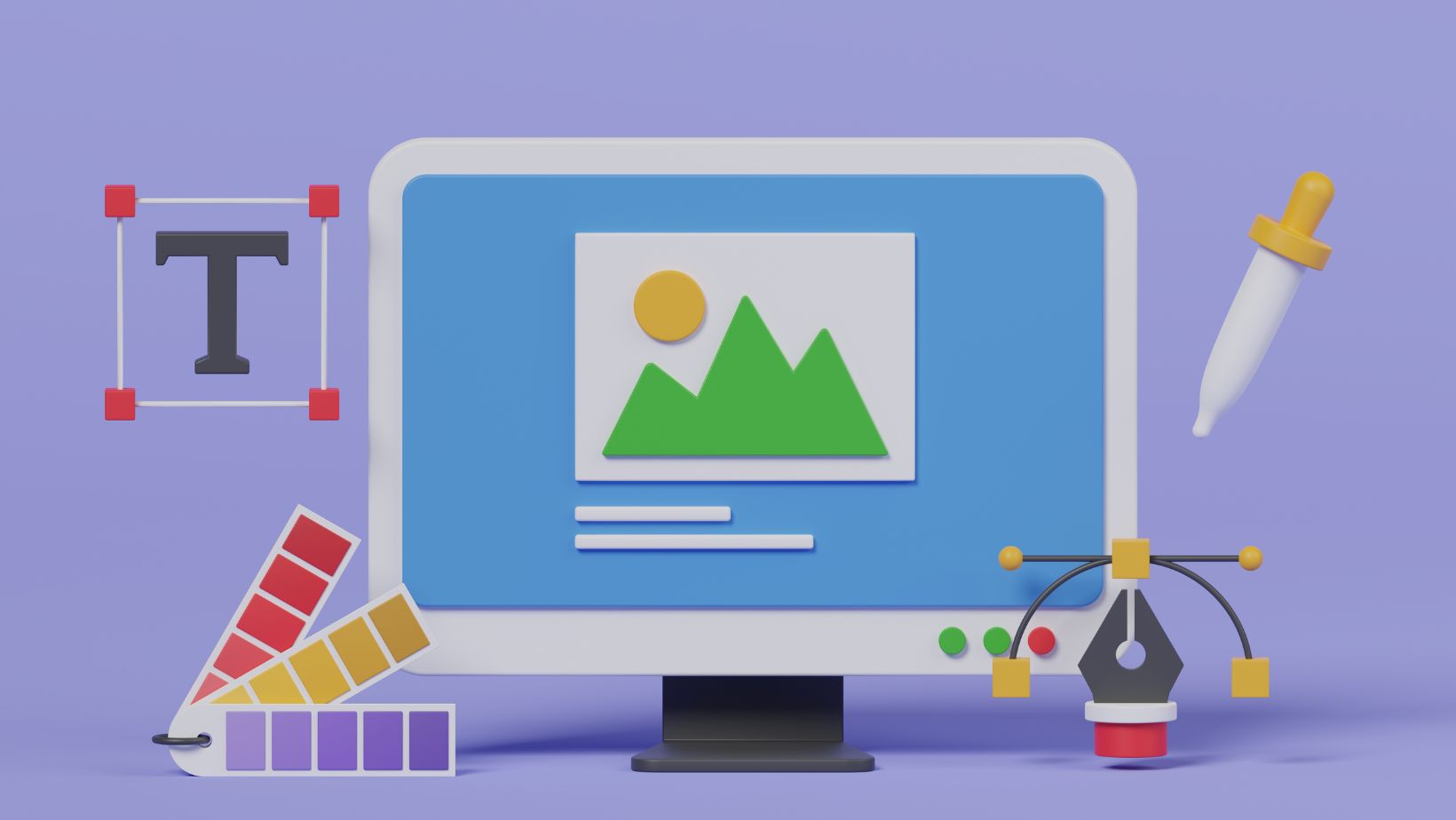Step into the world of creative 3D, where imagination takes a tangible form and ideas come to life. It’s a realm where boundaries blur between reality and virtuality, offering a new perspective to visual storytelling.
Creative 3D
Delving into the fundamentals of 3D art and design, one encounters two core components: modeling and rendering. Modeling captures the essence of an object’s shape or structure, enabling the creation of detailed designs in a virtual space. Examples of such instances are sculpting a virtual figure or drafting a complex architectural structure. Both processes reveal intricate forms that wouldn’t ordinarily be visible in a 2D context.

Rendering, the second primary element, pertains to the process of generating an image from a 3D model. It interprets the object’s surface texture, light placement, and camera perspective, creating a realistic representation of the 3D model. Let’s take an animated movie as an example; every frame is a result of rendering, where each character and background detail is a modeled entity, brought to life by the combination of light, color, and perspective.
Mastering these two aspects forms the crux of 3D art and design, providing artists with the tools to transform imagined concepts into tangible creations. This mastery, coupled with consistent practice and innovation, creates space for continuous exploration within the creative 3D domain.
The Process of Creating 3D Art

Transitioning from the previous understanding of creative 3D, it becomes essential to delve into the process of creating 3D art itself. Exploration begins with concept or idea development, followed by design sketching. Artists then delve into 3D modeling, a crucial process that involves shaping and detailing a 3D object in a virtual environment. Next, they employ texturing to give the object surface properties, adding desired look and feel.
Rendering follows, depicting the 3D model with lighting, shadows, and other realistic attributes. Adding rigging and animation breathes life into the model, converting it into a believable, moveable character. Lastly, compositing and special effects instill a final touch of realism.
This sequential approach exhibits how raw ideas transform into captivating 3D art. These steps, while offering the ground rules, also instigate the creative flow for experimentation and innovation, integral for continuous evolution within the realm of creative 3D.
Exploring Different Applications of Creative 3D

As we delve deeper into the creative 3D world, it becomes increasingly evident that its applications are numerous and ever-growing. Whether it’s architectural visualization, which benefits from accurate, dynamic 3D models that facilitate project comprehension, or entertainment industries, where high-quality 3D animation captivates audiences and enriches storytelling, 3D art finds its place in diverse sectors.
Further applications can be seen in the field of education. Complex concepts effectively illustrated using interactive 3D educational tools can bolster understanding. Similarly, the medical field leverages virtual 3D models for precise surgical planning and patient education. The sectors mentioned comprise just a fraction of the creative 3D domain’s extensive reach; other examples include product design, game development, and advertising. Each of these employs unique 3D methods, continually redefining the digital landscape.
Future Prospects of Creative 3D
As we’ve seen, creative 3D isn’t just a trend—it’s a revolution. It’s breathed new life into industries and reshaped the way we tell stories. From Pixar’s captivating tales to the immersive worlds of video games, it’s clear that 3D art has a transformative power. It’s not just about creating visually stunning pieces—it’s about bringing ideas to life in a way that’s never been possible before.
Looking ahead, creative 3D’s potential is limitless. With advancements in technology and an ever-growing demand for immersive experiences, it’s set to continue its upward trajectory. Creative 3D will continue to push boundaries, open new avenues for exploration, and redefine our understanding of what’s possible in art and design. It’s an exciting time to be part of this dynamic, ever-evolving field. Whether you’re an artist, designer, or simply a fan of creative 3D, the future holds endless possibilities.

